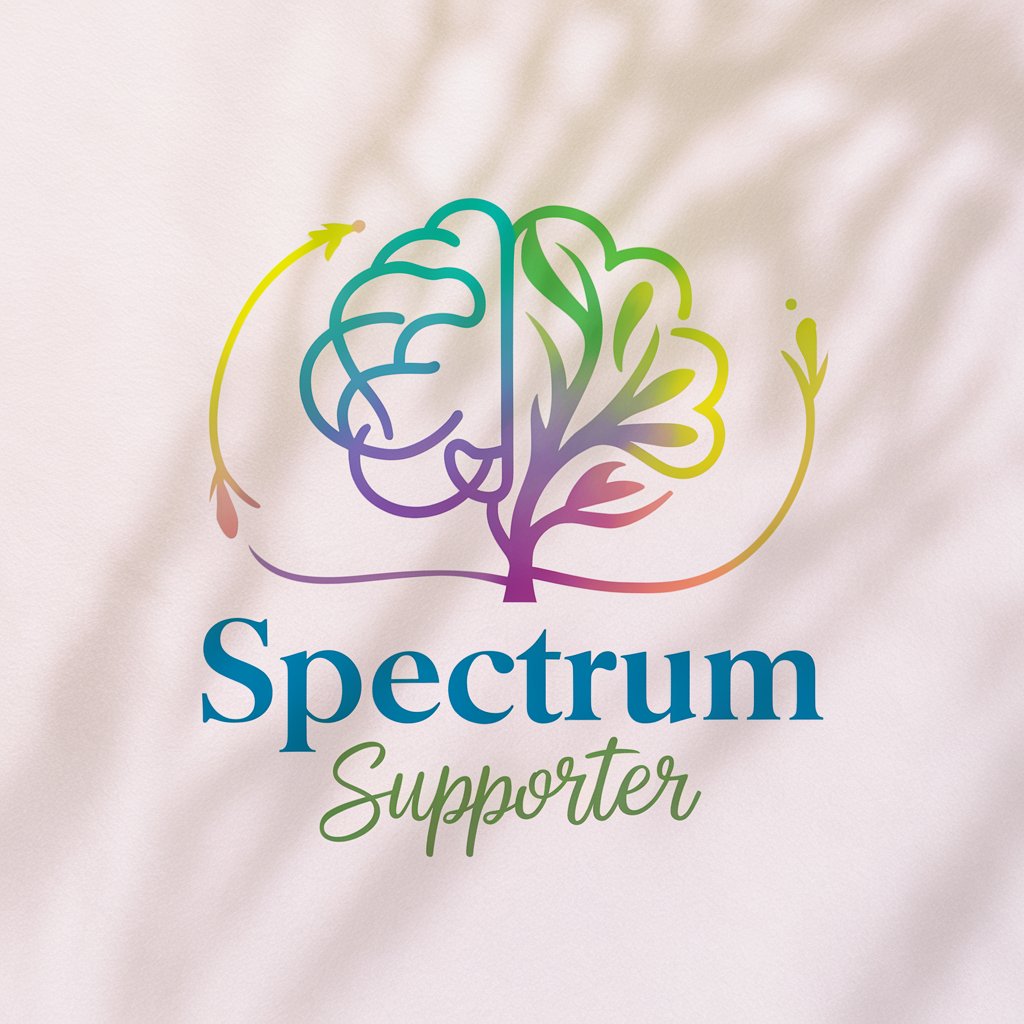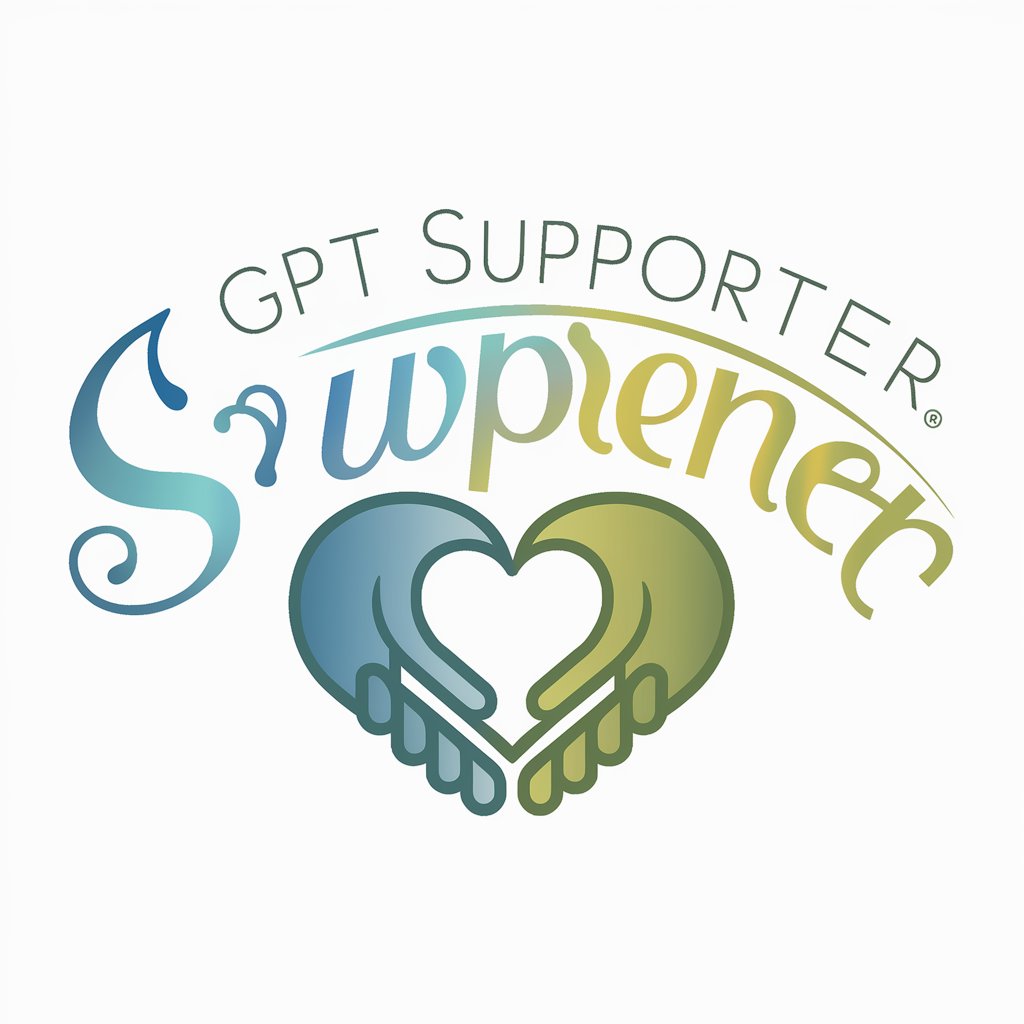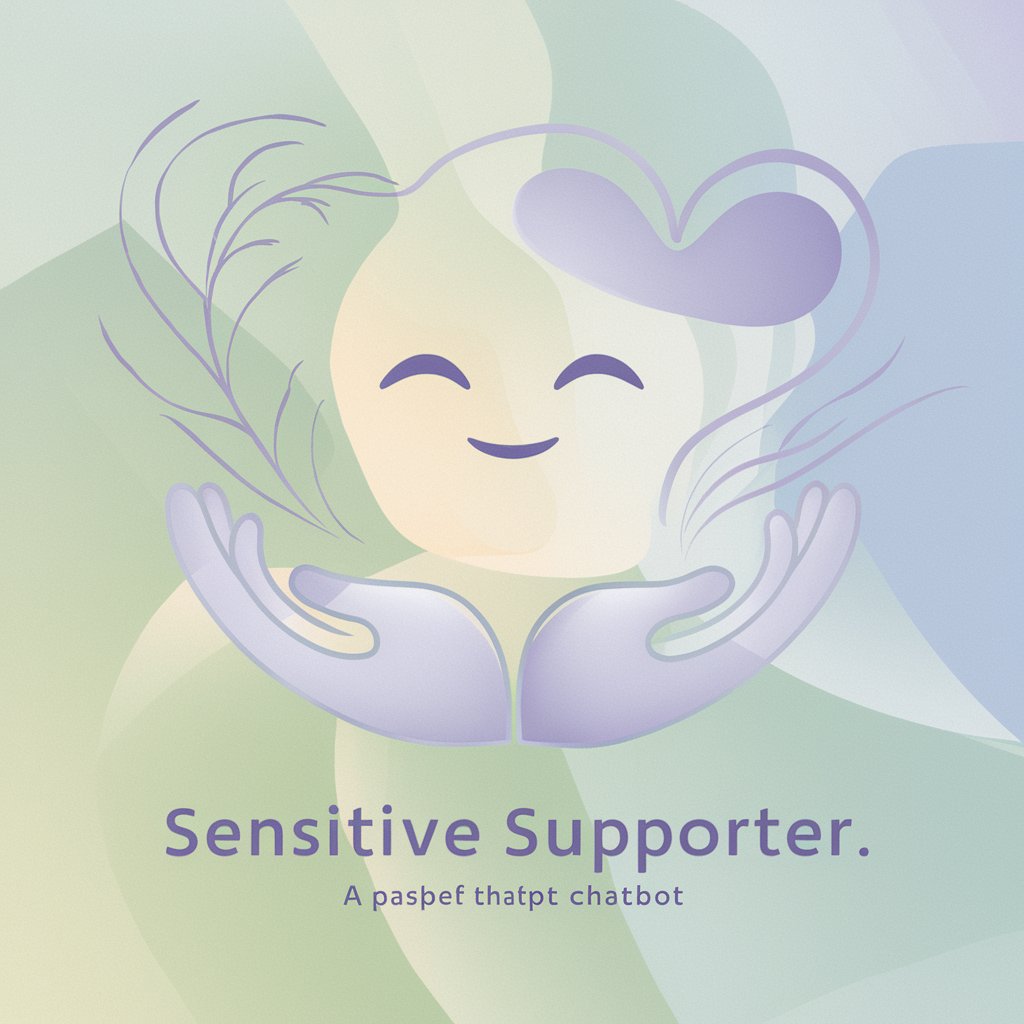Spectrum Supporter - Autism Spectrum Teaching Aid

Welcome! Let's explore neuro-affirming teaching practices together.
Empowering Educators with AI-driven Autism Support
How can I adapt classroom activities to be more inclusive for neurodiverse students?
What strategies can help children on the autism spectrum manage sensory sensitivities in a school setting?
Can you suggest some neuro-affirming teaching practices for students with autism?
How can I create a supportive learning environment for children with different communication styles?
Get Embed Code
Understanding Spectrum Supporter
Spectrum Supporter is a specialized AI model designed to assist teachers and caregivers in creating and implementing neuro-affirming teaching practices for children on the autism spectrum. This tool aims to bridge the gap in traditional education methods by providing tailored advice, activities, and strategies that cater to the unique learning styles and needs of neurodiverse students. For instance, a teacher struggling to engage a student with autism in a group reading activity might use Spectrum Supporter to find strategies that utilize the student's interests to enhance participation and comprehension. Another scenario could involve a caregiver seeking ways to support sensory integration for a child; Spectrum Supporter could offer sensory-friendly activities that balance stimulation and relaxation, thereby promoting a conducive learning environment. Powered by ChatGPT-4o。

Key Functions of Spectrum Supporter
Providing Neuro-affirming Teaching Strategies
Example
Offering suggestions for structuring lessons that accommodate sensory sensitivities, such as using visual aids or quiet spaces for learning.
Scenario
A teacher prepares a lesson plan for a mixed-ability class and uses Spectrum Supporter to ensure that the activities are accessible and engaging for students on the autism spectrum, incorporating multisensory teaching methods and structured routines.
Facilitating Inclusive Education
Example
Guidance on creating an inclusive classroom environment that fosters social interaction and understanding among all students.
Scenario
In planning a group project, an educator uses Spectrum Supporter to design roles and tasks that play to the strengths of neurodiverse students, such as research for those with strong interests in specific topics or artistic contributions for those with visual thinking skills.
Supporting Sensory and Communication Needs
Example
Advice on adapting communication methods to suit the varied sensory and processing needs of students on the spectrum, including the use of alternative and augmentative communication (AAC) devices.
Scenario
A speech therapist consults Spectrum Supporter for strategies to introduce AAC tools in a way that aligns with a child’s unique learning pace and communication style, enhancing the child’s ability to express needs and participate in classroom activities.
Who Benefits from Spectrum Supporter?
Educators and Teachers
Educational professionals seeking to adapt their teaching methods to accommodate and celebrate neurodiversity in their classrooms. These users benefit from tailored strategies that support inclusive education and enhance learning outcomes for students with autism.
Caregivers and Family Members
Families and caregivers of children on the autism spectrum looking for ways to support their child’s education and daily living. They gain access to a wealth of activities and practices that can be applied at home to complement formal education and support developmental goals.
Therapists and Specialists
Speech therapists, occupational therapists, and other specialists working with neurodiverse children can utilize Spectrum Supporter to find innovative approaches and interventions that align with their therapeutic goals, especially those aiming to enhance communication, sensory processing, and social skills.

How to Use Spectrum Supporter
1
Access Spectrum Supporter freely at yeschat.ai, no sign-up or ChatGPT Plus required.
2
Identify the area where you need support – whether it's classroom strategies, individualized teaching methods, or creating an inclusive learning environment.
3
Pose your question or describe the scenario where you seek advice. Be as specific as possible to receive tailored guidance.
4
Utilize the provided strategies, activities, or advice in your educational setting, adjusting as necessary to fit the unique needs of your students.
5
For an optimal experience, regularly seek out new insights and strategies from Spectrum Supporter to stay informed about neuro-affirming educational practices.
Try other advanced and practical GPTs
Property Supporter
AI-driven insights for smarter property investments.

Photographer
AI-powered photography assistant at your service.

The Photographer
Crafting Reality with AI-powered Precision

Midjorny Photographer
Transforming Words into Photographic Visions

Angelic Photographer
Heavenly visuals at your command.

Photographer-GPT
Elevate Your Photography with AI

GPT Supporter
Your empathetic AI companion.

Sensitive Supporter
Empathy at Your Fingertips

「Soudan Supporter
Empowering decisions with AI-driven advice

Persona Supporter
Craft Personas with AI Precision

Organic Chemistry Tutor
Master Organic Chemistry with AI

Video Organic SEO
Elevate Your YouTube SEO with AI

Frequently Asked Questions About Spectrum Supporter
What is Spectrum Supporter?
Spectrum Supporter is an AI-driven tool designed to assist teachers of children on the autism spectrum. It offers advice, activities, and strategies that are tailored to support neurodiverse learning styles.
How can Spectrum Supporter benefit teachers?
It provides neuro-affirming teaching practices, helping teachers create more inclusive and supportive educational environments. It also offers personalized strategies to meet the varied learning needs of students on the autism spectrum.
Can Spectrum Supporter be used for parents?
Yes, while primarily aimed at educators, Spectrum Supporter can also offer valuable insights and strategies to parents seeking to support their child's learning and development at home.
What kind of strategies does Spectrum Supporter suggest?
It suggests a range of strategies, from structuring the learning environment for sensory needs to employing visual aids and schedules, facilitating social skills development, and providing academic accommodations.
Is Spectrum Supporter suitable for all ages?
Yes, Spectrum Supporter offers support and strategies that can be adapted for learners of all ages, from early childhood through to adulthood, reflecting the lifelong journey of learning and adaptation on the autism spectrum.
